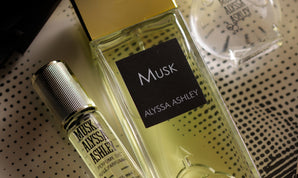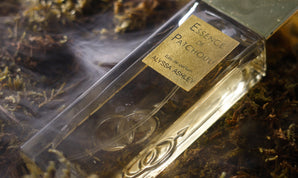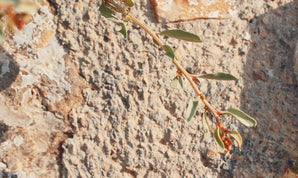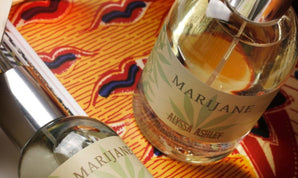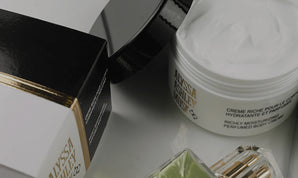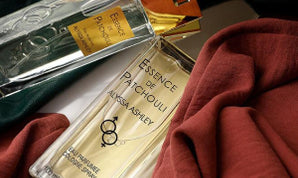Marcel Duchamp, was an eclectic artist, painter and sculptor born in Normandy in 1887 and is considered one of the most important artists of the 20th century.
Defined as an ""irregular"", whose formation is strongly marked by Symbolism, Fauvism, alchemy and with an instrumental participation in Cubism.
In the footsteps of Braque and Delaunay, the inventor of Dadaism overcomes the cult of appearances; frees himself from nature, using ""collective shapes and colors"". He makes fun of mechanized civilization with disenchantment and cynicism; multiplies and merges men and things in a simultaneous succession. It gives shape to the object in action: he transforms, dismembers, changes.
His painting had the difficult social task of reconciling Art and the People. As it happens in Fountain, among the first attempts at ready made, made in 1917. Marcel Duchamp takes a common object, ""already made"", selected for reasons of neutrality and insignificance, overturns it, and gives it the status of an art work. In this way, the artist faces the problem of the relationship between reality and representation, between something that escapes language and the attempt to grasp it.
Art stops to be a way of producing value, it repudiates any logic and any previous formal and technical experience, becoming ""nonsense"". This denial of artistic techniques culminates with Marcel Duchamp: its ready made consists in separating an object of common use, a urinal, from its context, and presenting it as an art work.
On the contrary, Duchamp uses an art work, the reproduction of the Mona Lisa, to present it with a mustache, desecrating what one is accustomed to attaching great value to. What determines the aesthetic value is no longer a technical procedure, but a pure mental act.
By separating the initial impulse and aesthetic act from the entire history of art, Dadaism rejects any previous formal and technical experience. However, returning to the zero point does not mean returning to the starting point by following a historical path.
With its unexpected and apparently free interventions, Dadaism proposes a nuisance action whose purpose is to undermine the system, by turning against society its own procedures or by using contradictory things to which it attributed a value.
The demystifying intervention affects the undisputed, canonical, generally accepted and handed down values: when Duchamp puts a mustache on Leonardo's Mona Lisa, he does not want to scare a masterpiece, but to challenge the veneration passively bestowed on her by common opinion. And also, to hurt in its pride an audience that no longer knows how to distinguish between original and reproduction, given that reproduction has no charisma, is an industrial fact, and can be manipulated with impunity.
The ready made: the aestheticization of the common object
With the Mona Lisa is given as having no value, something to which a value was commonly attributed.
The Mona Lisa with mustache represents the pars destruens, the ready made represents the pars construens of Dadaism; but can we still distinguish between destroying and building?
The object does not have an artistic value in itself, but assumes it with the judgment formulated by a subject. But how do you formulate it if you no longer have value models? In fact, it limits itself to separating the object from the context that is usual for it and in which it fulfills a practical function: it disorients it, misleads it, takes it to a dead end. Extracting from a context in which everything being utilitarian nothing can be aesthetic, it places it in a dimension in which nothing being utilitarian, everything can be aesthetic.
What determines the aesthetic value, therefore, is no longer a technical procedure, a job, but a pure mental act, a different attitude towards reality
